Discover the Heart of Germany: A Comprehensive Guide to Berlin’s History, Culture, and Attractions
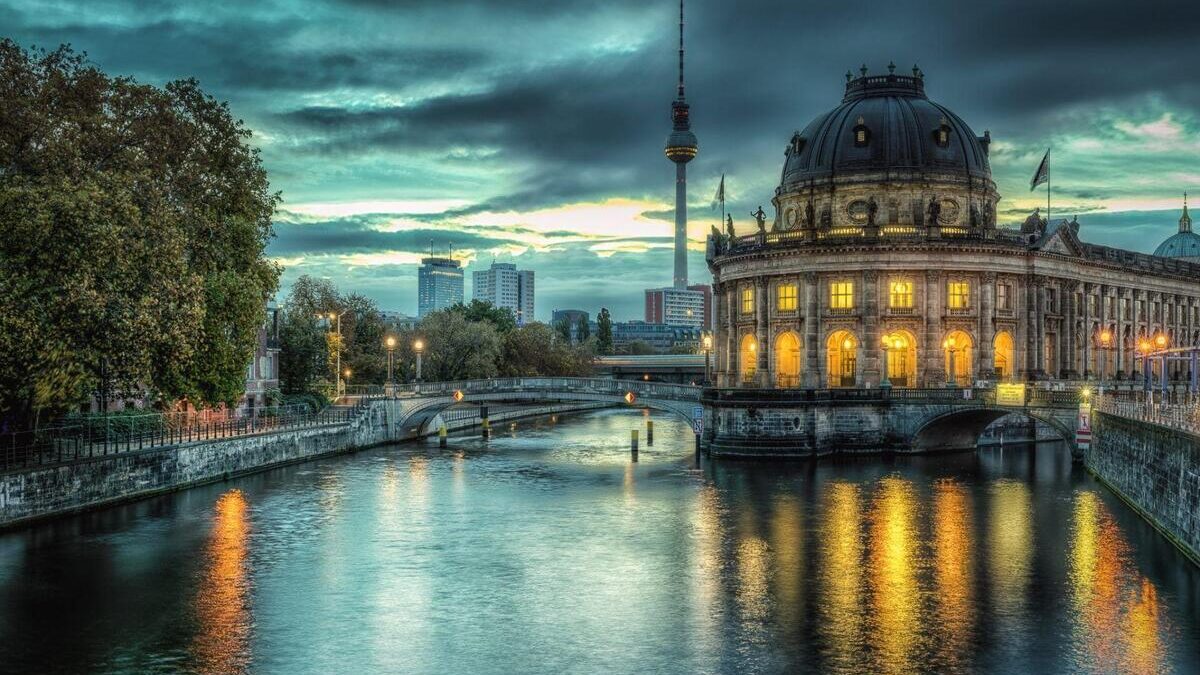
Discover the Heart of Germany: A Comprehensive Guide to Berlin’s History, Culture, and Attractions
Welcome to Berlin, the vibrant capital of Germany, Berlin where history, culture, and modernity converge in Berlin that is as dynamic as it is historic. Berlin is a metropolis known for its rich heritage, diverse cultural scene, and a unique blend of old and new that attracts millions of visitors each year. This guide provides everything you need to know for an enriching visit to Berlin, including its history, key attractions, unique features, and practical information for tourists.
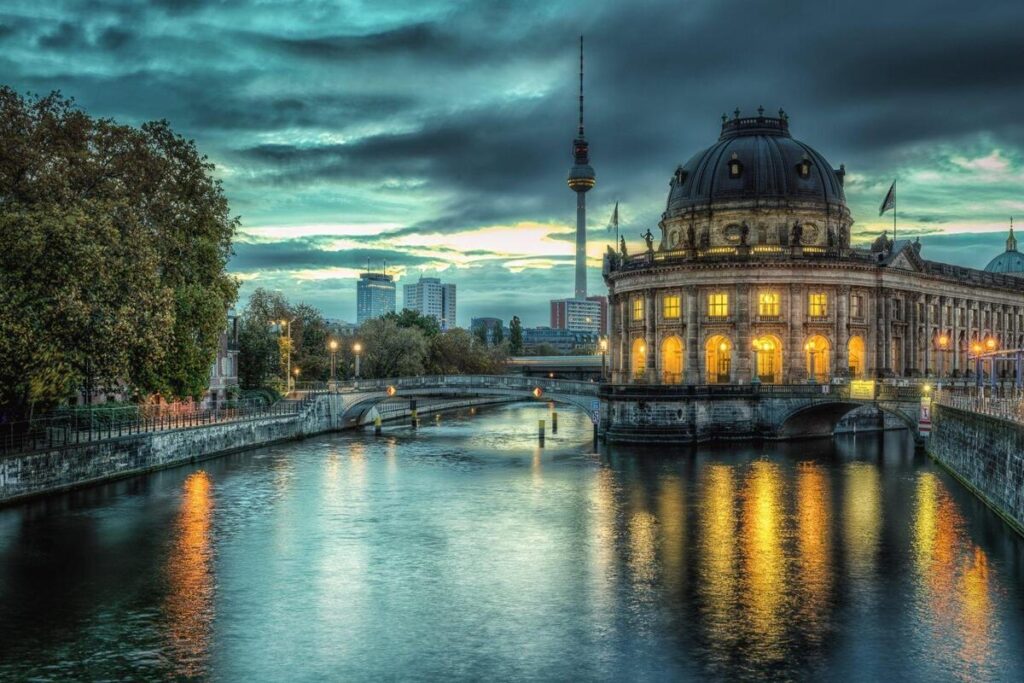
A Glimpse into the History of Berlin
Early Beginnings
Berlin’s history dates back to the 13th century when it was founded as a small trading town.
- Medieval Roots: Berlin began as two towns, Berlin and Cölln, on opposite sides of the River Spree. Over time, the two towns merged, and Berlin grew into a significant center for trade and commerce in the region.
- Prussian Capital: In the 18th century, Berlin became the capital of the Kingdom of Prussia, and under the rule of Frederick the Great, it developed into a major European city known for its arts, science, and military power.
20th Century Turbulence
The 20th century was a period of profound change and turmoil for Berlin.
- Weimar Republic and Nazi Era: Berlin was the capital of the Weimar Republic after World War I and later became the center of Nazi power during World War II. The Berlin was heavily bombed during the war, leading to extensive destruction.
- Divided Berlin: After the war, Berlin was divided into East and West Berlin, with the construction of the Berlin Wall in 1961, which became a symbol of the Cold War. The wall separated families and friends for nearly three decades until it fell in 1989, leading to the reunification of Germany.
Modern Berlin
Today, Berlin is a vibrant, cosmopolitan city known for its rich cultural life, diverse population, and dynamic economy.
- Reunification and Growth: Since the reunification of Germany in 1990, Berlin has undergone significant reconstruction and development, becoming one of Europe’s most exciting and influential cities.
- Cultural Hub: Berlin is now a leading global city for culture, politics, media, and science, attracting artists, entrepreneurs, and tourists from around the world.
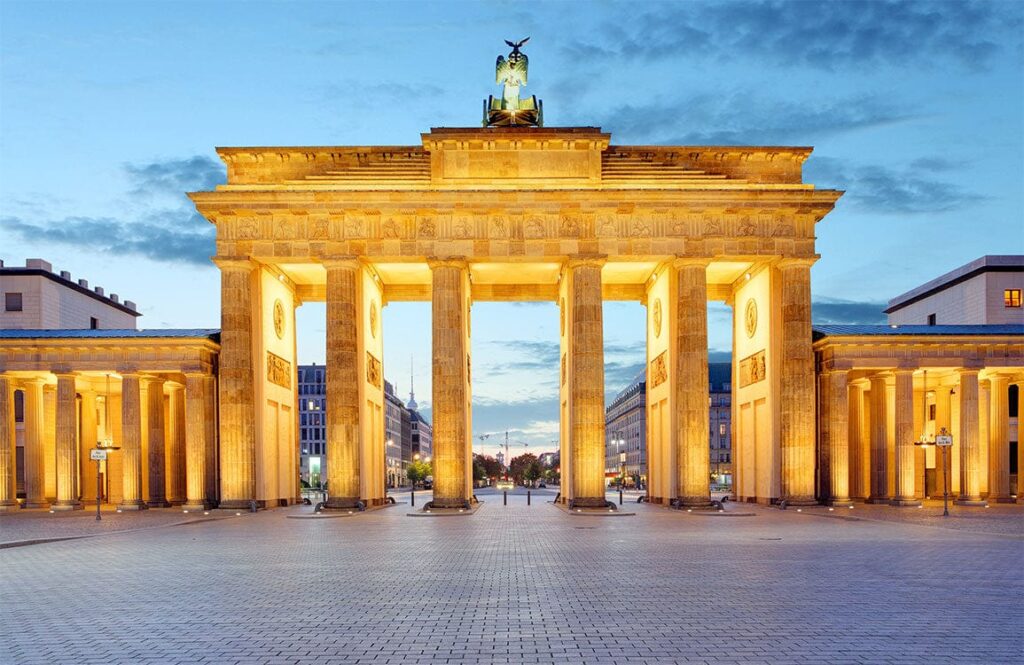
Key Attractions of Berlin
Brandenburg Gate (Brandenburger Tor)
The Brandenburg Gate is one of Berlin’s most iconic landmarks and a symbol of Germany’s reunification.
- Neoclassical Design: Built in the late 18th century, the gate was designed by Carl Gotthard Langhans and modeled after the Propylaea in Athens. It features 12 Doric columns and a stunning quadriga (four-horse chariot) on top.
- Symbol of Peace and Unity: The Brandenburg Gate has witnessed many of Berlin’s most significant historical events, from Napoleonic invasions to Nazi parades, and from the division of Berlin to the celebration of its reunification.
- Pariser Platz: The gate opens onto Pariser Platz, a historic square surrounded by embassies, hotels, and the famous Hotel Adlon.
The Berlin Wall and East Side Gallery
The Berlin Wall, once a symbol of division, is now a poignant reminder of the Cold War and a canvas for artistic expression.
- East Side Gallery: The East Side Gallery is the longest remaining stretch of the Berlin Wall, transformed into an open-air gallery featuring over 100 murals by artists from around the world. The artworks reflect themes of freedom, hope, and peace.
- Berlin Wall Memorial: Visit the Berlin Wall Memorial on Bernauer Strasse to learn more about the wall’s history, the division of Berlin, and the stories of those who tried to escape to freedom.
- Checkpoint Charlie: One of the most famous border crossings between East and West Berlin, Checkpoint Charlie is now a popular tourist site with a museum documenting the Cold War era.
Reichstag Building (Reichstagsgebäude)
The Reichstag Building is the seat of the German Parliament and a symbol of democracy in Germany.
- Historic Significance: The Reichstag was completed in 1894 and has played a central role in German history. It was heavily damaged during World War II and later restored, becoming the seat of the Bundestag (German Parliament) after reunification.
- Dome and Rooftop Terrace: The modern glass dome, designed by architect Norman Foster, offers panoramic views of Berlin. Visitors can walk up the spiral ramp inside the dome and learn about the history of the building through interactive exhibits.
- Guided Tours: Free guided tours of the Reichstag are available, offering insights into the building’s history, architecture, and the workings of the German government.
Museum Island (Museumsinsel)
Museum Island is a UNESCO World Heritage site and home to five world-renowned museums.
- Pergamon Museum: The Pergamon Museum houses an incredible collection of ancient artifacts, including the famous Pergamon Altar, the Ishtar Gate of Babylon, and the Market Gate of Miletus.
- Altes Museum: The Altes Museum, designed by Karl Friedrich Schinkel, showcases classical antiquities, including Greek and Roman art and artifacts.
- Neues Museum: The Neues Museum is famous for its collection of Egyptian artifacts, including the iconic bust of Nefertiti.
- Alte Nationalgalerie: The Alte Nationalgalerie features a collection of 19th-century art, including works by Caspar David Friedrich, Claude Monet, and Auguste Renoir.
- Bode Museum: The Bode Museum focuses on Byzantine art, sculpture, and numismatics, with an extensive collection of coins, medals, and sculptures from various periods.
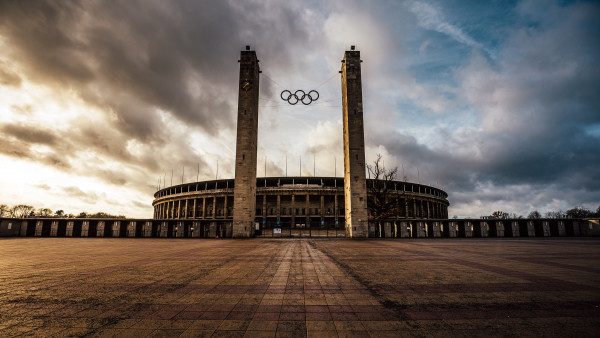
Berlin TV Tower (Fernsehturm)
The Berlin TV Tower, located in Alexanderplatz, is one of the most recognizable landmarks in Berlin.
- Panoramic Views: At 368 meters tall, the TV Tower offers breathtaking 360-degree views of Berlin from its observation deck. On a clear day, you can see as far as the Brandenburg Gate, the Reichstag, and the Olympic Stadium.
- Revolving Restaurant: The tower also features a revolving restaurant, Sphere, where you can enjoy a meal while taking in the stunning views of the city.
Charlottenburg Palace (Schloss Charlottenburg)
Charlottenburg Palace is the largest palace in Berlin and a beautiful example of Baroque and Rococo architecture.
- Royal Residence: Built in the late 17th century as a summer residence for Sophie Charlotte, the wife of Elector Frederick III, the palace features opulent rooms, lavish gardens, and a rich collection of art and antiques.
- Gardens and Orangery: The palace gardens are perfect for a leisurely stroll, with manicured lawns, fountains, and statues. The Orangery is a stunning venue for concerts and events.
- Palace Museums: The palace complex includes several museums, including the Old Palace with its royal apartments and the New Wing, which houses the royal silver and porcelain collections.
Unique Features of Berlin
Berlin’s Cultural Scene
Berlin is known for its diverse and dynamic cultural scene, offering everything from classical music and opera to contemporary art and avant-garde theater.
- Theater and Opera: Berlin is home to several world-class theaters and opera houses, including the Berlin State Opera (Staatsoper), the Deutsche Oper, and the Berliner Ensemble, founded by Bertolt Brecht.
- Art Galleries: The city’s art scene is vibrant and ever-evolving, with countless galleries showcasing works by both established and emerging artists. Don’t miss a visit to the contemporary art spaces in the Kreuzberg and Mitte districts.
- Music and Nightlife: Berlin is famous for its nightlife, with a thriving electronic music scene and legendary clubs like Berghain. The city also hosts numerous music festivals, including the Berlin International Film Festival (Berlinale) and the JazzFest Berlin.
Berlin’s Green Spaces
Berlin is one of Europe’s greenest capitals, with a wealth of parks, gardens, and forests.
- Tiergarten: The Tiergarten is Berlin’s largest and most popular park, offering a peaceful retreat in the heart of the city. It’s ideal for picnics, jogging, or simply relaxing by the lakes and monuments.
- Tempelhofer Feld: Tempelhofer Feld, a former airport, has been transformed into a vast open space where you can cycle, skate, or fly kites on the runways, or enjoy community gardens and barbecue areas.
- Botanical Garden: The Berlin Botanical Garden is one of the largest and most diverse botanical gardens in the world, featuring over 20,000 plant species from around the globe.
Practical Information for Tourists
Getting There
Berlin is a major transportation hub, making it easily accessible by various modes of transportation.
- By Air: Berlin Brandenburg Airport (BER) is the city’s main international airport, offering flights from major cities around the world. The airport is well-connected to the city center by train, bus, and taxi.
- By Train: Berlin is well-connected by train, with frequent high-speed services from major German cities like Hamburg, Munich, and Frankfurt, as well as international connections from cities like Paris, Amsterdam, and Warsaw. Berlin’s main train station (Berlin Hauptbahnhof) is conveniently located near the city center.
- By Road: Berlin is easily accessible by car, with well-maintained highways connecting it to other major cities in Germany and neighboring countries. Several parking garages are available throughout the city center.
Getting Around
Berlin’s public transportation system is efficient and easy to navigate, making it convenient to explore the city.
- Public Transport: The city has an extensive network of trains (S-Bahn and U-Bahn), trams, and buses that connect all major attractions. Single tickets, day passes, and group tickets are available for purchase at ticket machines or on mobile apps.
- Biking: Berlin is a bike-friendly city with many bike lanes and rental options. Renting a bike is a great way to explore the city at your own pace.
- Walking: Many of Berlin’s top attractions are within walking distance of each other, particularly in the Mitte district. Walking is a pleasant way to experience the city’s atmosphere and discover hidden gems.
Accommodation
Berlin offers a wide range of accommodation options to suit all budgets, from luxury hotels to budget hostels.
- Luxury Hotels: For a luxurious stay, consider booking a room at the Hotel Adlon Kempinski, a five-star hotel located near the Brandenburg Gate, or the Waldorf Astoria Berlin, which offers stunning views of the city and the zoo.
- Boutique Hotels: If you prefer something more intimate, there are plenty of boutique hotels in Berlin, such as the Hotel de Rome, a stylish hotel set in a historic bank building, or the Michelberger Hotel, known for its creative design and vibrant atmosphere.
- Budget Options: For budget-conscious travelers, Berlin has numerous hostels and budget hotels, such as the Generator Berlin Mitte, a modern hostel in the heart of the city, or the Meininger Hotel Berlin Hauptbahnhof, conveniently located near the main train station.
Dining and Shopping in Berlin
Dining Options
Berlin offers a diverse culinary scene, from traditional German fare to international cuisine.
- Traditional Cuisine: Enjoy a hearty meal at one of Berlin’s traditional beer halls or restaurants, where you can try dishes like Eisbein (pork knuckle), Schnitzel, and Currywurst, a popular street food.
- International Cuisine: Berlin is home to a wide variety of international restaurants, offering everything from Italian and Asian to Middle Eastern and American cuisine.
- Street Food: Don’t miss trying the local street food, such as Döner Kebab, which is hugely popular in Berlin, or the many food trucks offering gourmet burgers, vegan options, and more.
Shopping in Berlin
Berlin offers a wide range of shopping experiences, from high-end boutiques to local markets.
- Kurfürstendamm (Ku’damm): Ku’damm is Berlin’s most famous shopping street, lined with luxury boutiques, department stores, and designer shops. The nearby KaDeWe (Kaufhaus des Westens) is Europe’s second-largest department store, offering a wide range of high-end products.
- Hackescher Markt: For unique and trendy finds, head to Hackescher Markt, where you’ll discover independent boutiques, vintage shops, and concept stores. The area is also known for its vibrant nightlife and café culture.
- Markets: Berlin has numerous markets where you can find everything from fresh produce and local crafts to antiques and vintage clothing. The Mauerpark Flea Market is a popular spot for both locals and tourists.
Must-See Highlights at Berlin
Brandenburg Gate (Brandenburger Tor)
The Brandenburg Gate is one of Berlin’s most iconic landmarks and a symbol of Germany’s reunification.
- Neoclassical Design: Built in the late 18th century, the gate was designed by Carl Gotthard Langhans and modeled after the Propylaea in Athens. It features 12 Doric columns and a stunning quadriga (four-horse chariot) on top.
- Symbol of Peace and Unity: The Brandenburg Gate has witnessed many of Berlin’s most significant historical events, from Napoleonic invasions to Nazi parades, and from the division of Berlin to the celebration of its reunification.
- Pariser Platz: The gate opens onto Pariser Platz, a historic square surrounded by embassies, hotels, and the famous Hotel Adlon.
The Berlin Wall and East Side Gallery
The Berlin Wall, once a symbol of division, is now a poignant reminder of the Cold War and a canvas for artistic expression.
- East Side Gallery: The East Side Gallery is the longest remaining stretch of the Berlin Wall, transformed into an open-air gallery featuring over 100 murals by artists from around the world. The artworks reflect themes of freedom, hope, and peace.
- Berlin Wall Memorial: Visit the Berlin Wall Memorial on Bernauer Strasse to learn more about the wall’s history, the division of Berlin, and the stories of those who tried to escape to freedom.
- Checkpoint Charlie: One of the most famous border crossings between East and West Berlin, Checkpoint Charlie is now a popular tourist site with a museum documenting the Cold War era.
Reichstag Building (Reichstagsgebäude)
The Reichstag Building is the seat of the German Parliament and a symbol of democracy in Germany.
- Historic Significance: The Reichstag was completed in 1894 and has played a central role in German history. It was heavily damaged during World War II and later restored, becoming the seat of the Bundestag (German Parliament) after reunification.
- Dome and Rooftop Terrace: The modern glass dome, designed by architect Norman Foster, offers panoramic views of Berlin. Visitors can walk up the spiral ramp inside the dome and learn about the history of the building through interactive exhibits.
- Guided Tours: Free guided tours of the Reichstag are available, offering insights into the building’s history, architecture, and the workings of the German government.
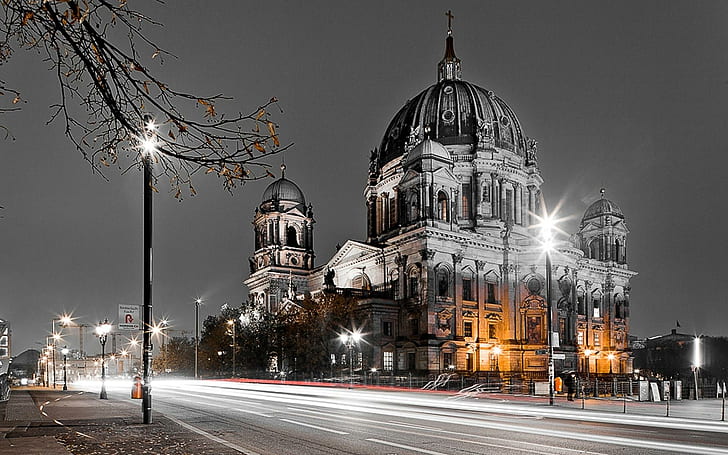
Conclusion
Berlin, with its rich history, stunning architecture, vibrant cultural scene, and welcoming atmosphere, offers an unforgettable experience for all who visit. From the majestic Brandenburg Gate and the powerful Berlin Wall Memorial to the world-class museums and dynamic nightlife, Berlin provides a diverse range of attractions that cater to every interest. Plan your trip to Berlin and immerse yourself in the beauty, history, and modern charm of this remarkable German city. Embrace the opportunity to explore, discover, and create lasting memories in one of Europe’s most beloved destinations.



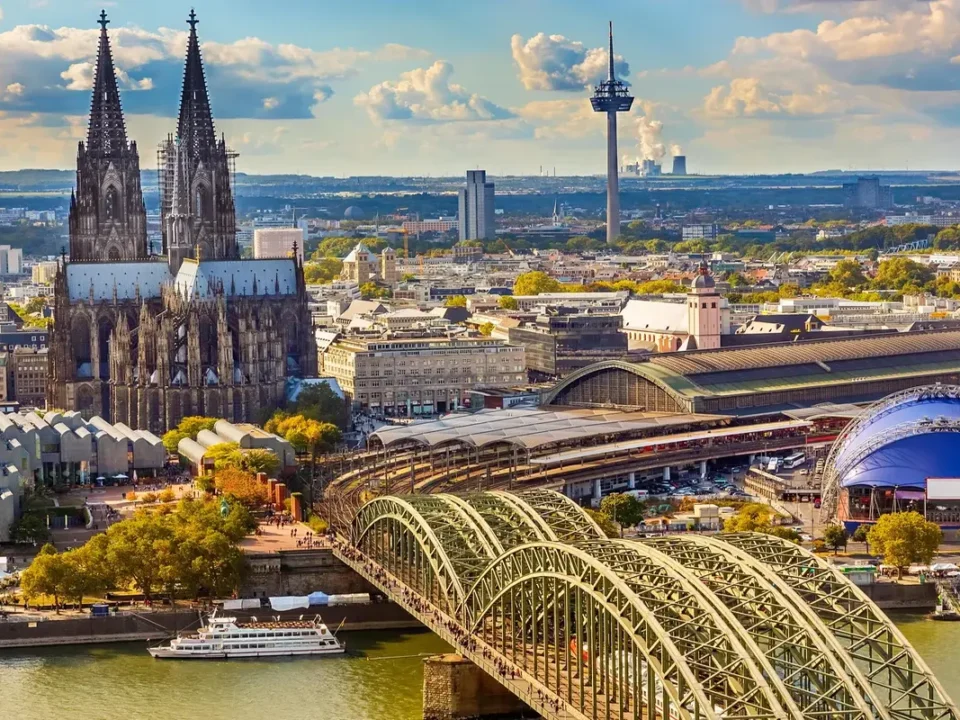
5 Comments
[…] Brandenburg Gate: The Symbol of Berlin […]
[…] Berlin Wall Memorial, located in the heart of Germany’s capital, stands as a poignant reminder of […]
[…] Cologne is well-connected by train, with frequent high-speed services from major German cities like Berlin, Frankfurt, and Munich, as well as international connections from cities like Brussels, Paris, and […]
[…] discovering the charms of berlin a comprehensive guide to germany’s capital city […]
[…] discovering the charms of berlin a comprehensive guide to germany’s capital city […]